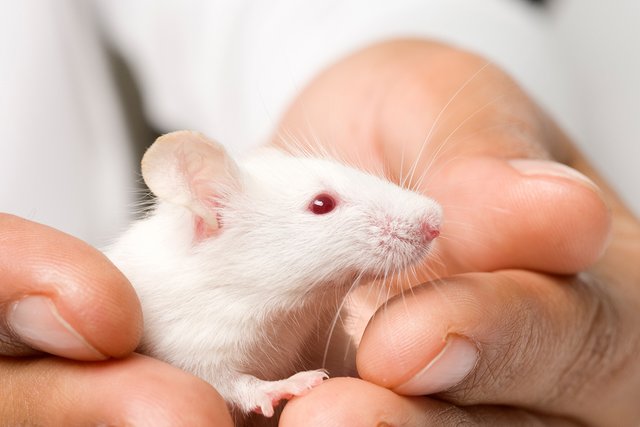Tiny robots crawl through mouse’s stomach to heal ulcers

From New Scientist
Tiny robotic drug deliveries could soon be treating diseases inside your body. For the first time, micromotors – autonomous vehicles the width of a human hair – have cured bacterial infections in the stomachs of mice, using bubbles to power the transport of antibiotics.Read more: https://www.newscientist.com/article/2144050-tiny-robots-crawl-through-mouses-stomach-to-heal-ulcers/“The movement itself improves the retention of antibiotics on the stomach lining where the bacteria are concentrated,” says Joseph Wang at the University of California San Diego, who led the research with Liangfang Zhang.
In mice with bacterial stomach infections, the team used the micromotors to administer a dose of antibiotics daily for five days. At the end of the treatment, they found their approach was more effective than regular doses of medicine.
The tiny vehicles consist of a spherical magnesium core coated with several different layers that offer protection, treatment, and the ability to stick to stomach walls. After they are swallowed, the magnesium cores react with gastric acid to produce a stream of hydrogen bubbles that propel the motors around. This process briefly reduces acidity in the stomach. The antibiotic layer of the micromotor is sensitive to the surrounding acidity, and when this is lowered, the antibiotics are released.
Suppress stomach acid
Without this reduction, antibiotics and protein-based pharmaceuticals can be destroyed before they do any good. This mechanism means that drugs normally used to treat bacterial infections, such as ulcers, normally have to be taken alongside proton pump inhibitors that suppress gastric acid production. Long-term use of proton pump inhibitors can lead to some nasty side effects including headaches, diarrhoea, fatigue and even anxiety or depression. So being able to use tiny vehicles instead is a big step forward.After 24 hours, the stomach acid of the mice returned to normal levels, and as the micromotors are mostly made of biodegradable materials, they were dissolved by the stomach, leaving no harmful residues.
Follow @contentjunkie to stay up to date on more great posts like this one.

Amazing idea .
i am big fan of you.
@eman123
Amazing how far science has come. If they can do this for human like they can mice then it will be a big step forward. If you think about it they may be able to even treat cancer this way in a few years. Nice post and thanks for sharing with us all :)
You are kidding me! This is so interesting! My only question is, you mention the antibiotic is sensitive to the stomach acid, and when the acid is lowered, the antibiotic is then released. Does this mean the little motors can somehow detect the decrease in stomach acid, or do they just release when the hydrogen runs out or something?
I love the hydrogen bubble approach. I can just imagine these little motor bubbles zooming around. Can we really call it a motor if it's just gas propulsion as a result of a chemical reaction with the magnesium and the stomach acid? I guess that's what a motor is, of sorts....gas or energy propulsion from somewhere or another.
Upvoted and resteemed! Already followed.
This post has been ranked within the top 80 most undervalued posts in the second half of Aug 16. We estimate that this post is undervalued by $13.15 as compared to a scenario in which every voter had an equal say.
See the full rankings and details in The Daily Tribune: Aug 16 - Part II. You can also read about some of our methodology, data analysis and technical details in our initial post.
If you are the author and would prefer not to receive these comments, simply reply "Stop" to this comment.
Amazing idea .
i am big fan of you.
@eman123